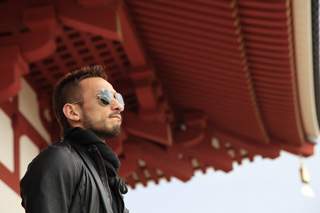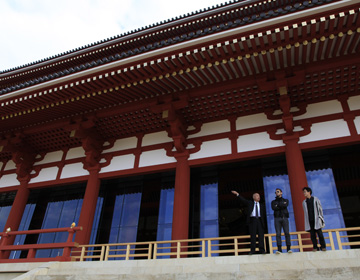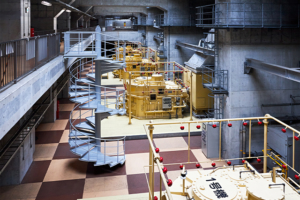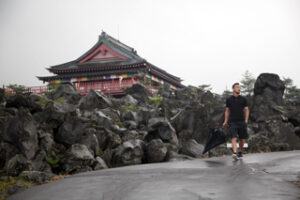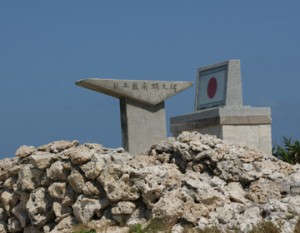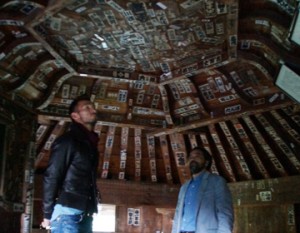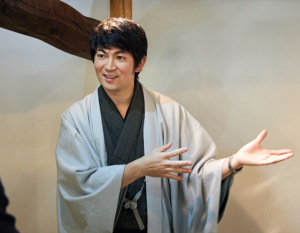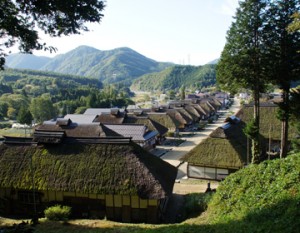Discovery of a Historic Site
”Heijokyu” refers to the center of the Heijo palace, where the center of administration was. The palace was divided into 2 sectors; one where the emperor lived and the other sector for administration, where rituals and politics were conducted. The palace is 1300 years old, but this site was not designated as the palace remnnants until the Taisho period.
In 794 the capital was moved to Heian, and the Heijo palace was left to its ruin. The building was eventually demolished and the land was used for agriculture. Over time, it was forgotten and literally was buried under the ground.
Time moved on and in 1850, towards the end of the Edo period, an official employed under the government conducted research and claimed that under the farmlands was the remnants of the Heijo palace. In the Meiji period, preservation acts progressed and finally in the year Taisho 11 (1922) it was recognized as one of the country’s historic sites.
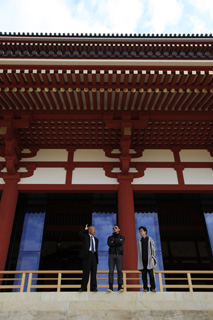
Restoration and Excavation in Progress
Official excavation was commenced only after the war and is still under way. Many ruins with historical worth are still being discovered.
Simultaneously, restoration of the Heijo palace is taking place. In 1998, the Suzaku Gate, which is said to be the entrance to the palace, was restored. Later, in 2010 on the 1300 year commemoration of the transfer of the capital to Heian, the former Imperial Audience Hall was completed.
In 1998 the remnants of Heijo palace was designated World Cultural Heritage along with Todaiji as ”the Cultural Asset of Ancient Capital, Nara”. The Suzaku Gate is lit up at night. The vermillion gate lit up in the darkness sets out a mystical atmosphere making your mind wander off thinking about ancient Nara.
